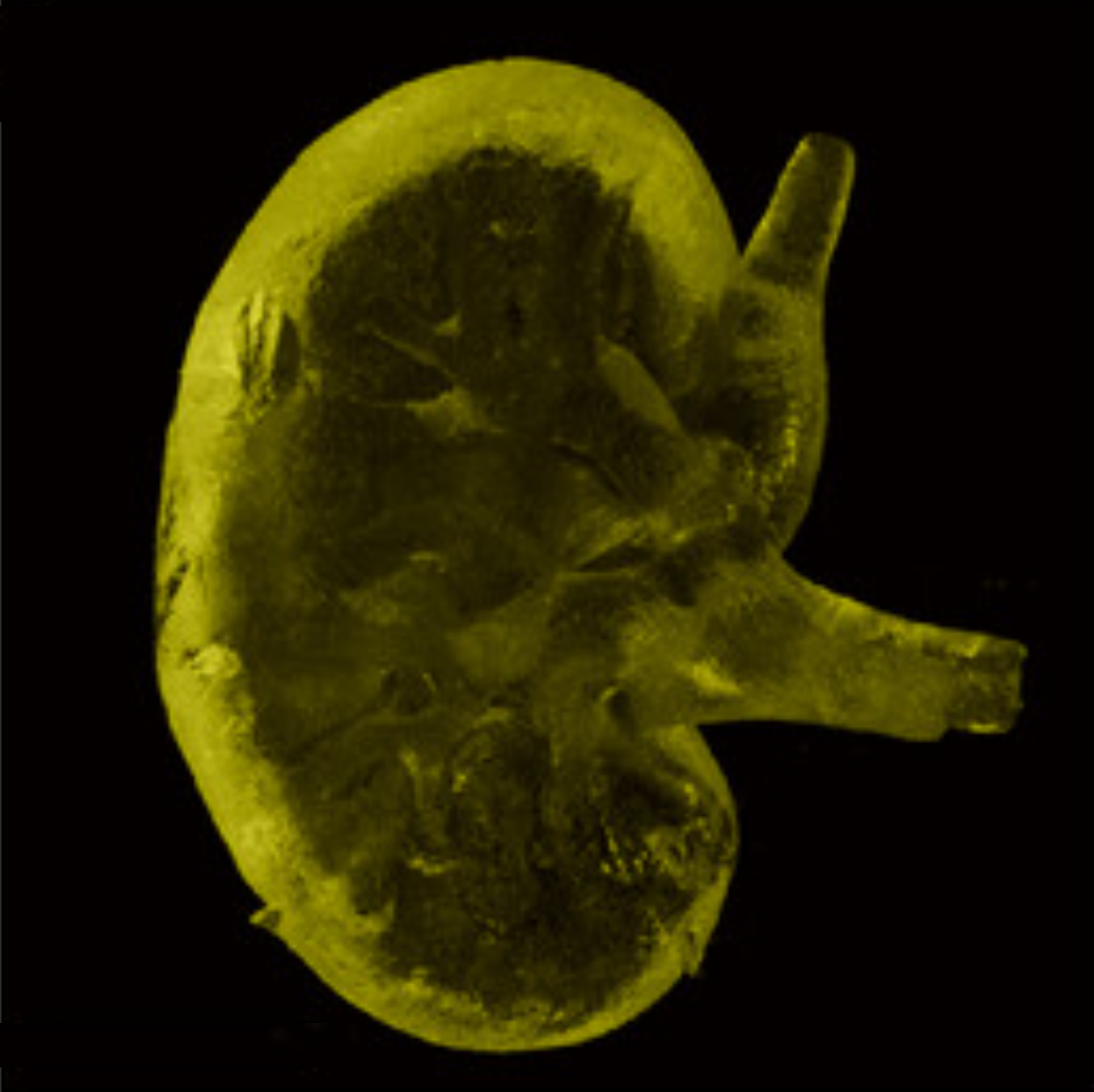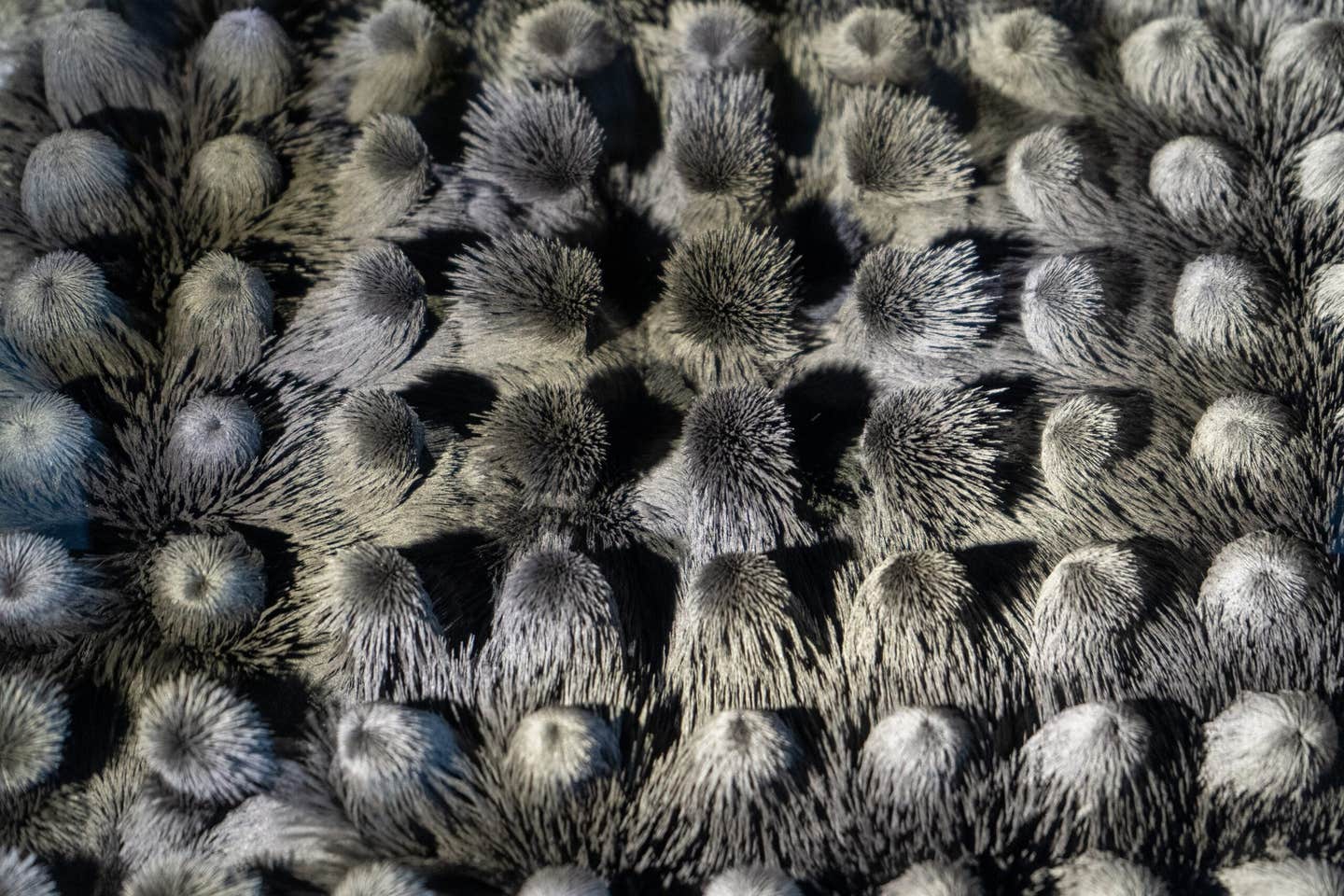Scientists Discover What Makes Your Urine Yellow
In a groundbreaking study, the elusive enzyme responsible for imparting a yellow tint to urine has finally been identified.

[Jan. 5, 2024: JD Shavit, The Brighter Side of News]
The elusive enzyme responsible for imparting a yellow tint to urine has finally been identified. (CREDIT: Creative Commons)
In a groundbreaking study conducted by researchers at the University of Maryland and the National Institutes of Health, the elusive enzyme responsible for imparting a yellow tint to urine has finally been identified.
Published recently in the journal Nature Microbiology, this discovery sheds light on the intricate workings of our gut microbiome and its potential involvement in conditions like jaundice and inflammatory bowel disease.
Lead author Brantley Hall, an assistant professor in the University of Maryland's Department of Cell Biology and Molecular Genetics, expressed excitement about unraveling this long-standing biological mystery. He remarked, "It's remarkable that an everyday biological phenomenon went unexplained for so long, and our team is excited to be able to explain it."
The journey to this revelation begins with the lifecycle of red blood cells. As these cells degrade, typically after a six-month lifespan, they produce a vivid orange pigment known as bilirubin. Bilirubin is normally secreted into the gut, with the intention of being excreted from the body.
Related Stories
However, some bilirubin can be reabsorbed, and excessive reabsorption can lead to an accumulation of bilirubin in the bloodstream, resulting in jaundice – a condition characterized by the yellowing of the skin and eyes. Within the gut, resident microorganisms possess the capability to transform bilirubin into other molecules.
Hall explains, "Gut microbes encode the enzyme bilirubin reductase that converts bilirubin into a colorless byproduct called urobilinogen. Urobilinogen then spontaneously degrades into a molecule called urobilin, which is responsible for the yellow color we are all familiar with."
While urobilin has long been associated with the yellow coloration of urine, the true origin of this phenomenon has eluded scientists for over a century – until now.
However, this discovery extends far beyond merely resolving a scientific puzzle.
Illustrated representation of the haem degradation pathway. Key human enzymes are labelled with grey text. (CREDIT: Nature)
The researchers made an intriguing observation regarding the presence of bilirubin reductase. It is found in nearly all healthy adults but is often absent in newborns and individuals with inflammatory bowel disease. This observation leads them to hypothesize that the absence of bilirubin reductase may contribute to infant jaundice and the formation of pigmented gallstones.
Xiaofang Jiang, a study co-author and NIH Investigator, underscores the significance of this finding by stating, "Now that we've identified this enzyme, we can start investigating how the bacteria in our gut impact circulating bilirubin levels and related health conditions like jaundice. This discovery lays the foundation for understanding the gut-liver axis."
The phylogenetic tree shows the relationship between five bilirubin reducers and five non-reducers. Genes are represented as arrows. Genes are colored to show predicted domains. (CREDIT: Nature)
Beyond its implications for jaundice and inflammatory bowel disease, the gut microbiome has been linked to a wide array of diseases and conditions, spanning from allergies to arthritis to psoriasis. This recent breakthrough brings us one step closer to comprehending the comprehensive role of the gut microbiome in human health.
What Color Should Your Urine Be?
According to the Cleveland Clinic, your urine may not be a topic of everyday conversation, but it can reveal important insights about your health. To understand what your urine color means, let's dive into the various shades and what they indicate.
Urine may not be a topic of everyday conversation, but it can reveal important insights about your health. (CREDIT: Shutterstock)
Clear Color (No Color - Transparent)
When your urine is almost transparent or clear, it may be sending you a message – you might be drinking too much water. While staying hydrated is essential, excessive water intake can dilute your urine to the point of being nearly colorless. Occasional clear urine is fine, but if this persists without excessive water consumption, it could indicate kidney problems or diabetes.
Pale Yellow Color (Pale Straw to Dark Yellow)
If your urine falls in the pale yellow category, congratulations, you're in the healthy and hydrated zone. The pale yellow color is caused by a pigment called urochrome, and it signifies that your body is operating optimally.
Amber or Dark Yellow Color
Darker urine means your body is trying to tell you something – drink more water. This darker hue often results from mild dehydration, which occurs when your body lacks sufficient fluids. It can happen on a hot day or after a strenuous workout. Replenishing your fluids should return your urine color to normal.
Tan or Honey Color (Syrup or Brown Ale-Colored)
When your urine turns dark brown, it's a sign that your dehydration has escalated to a more concerning level. You should immediately hydrate yourself. Dark brown urine can also be caused by bile in your urine, indicating a potential liver issue. Rusty or brown urine may signal porphyria, a rare disorder affecting the skin and nervous system. If rehydration doesn't improve your urine color, consult a doctor.
Syrup Color (Pink to Reddish-Colored)
If your urine unexpectedly takes on a pink or reddish hue, it might be due to your recent food choices, such as beets, blueberries, or rhubarb. However, if you haven't consumed these foods, it could be a reason for concern. Pink or reddish urine might be indicative of several health issues, including blood in your urine, kidney disease, bladder or kidney cancers, kidney stones, urinary tract infections, prostate problems, or even lead or mercury poisoning. Contact your doctor promptly if the color doesn't revert to yellow.
Orange Color (Orange-Colored)
An orange hue in your urine may be a sign of insufficient water intake or a liver or bile duct condition. It could also result from food dyes or medications. Begin by rehydrating yourself, and if the orange color persists, consult your doctor.
Green Color (Blue or Green-Colored)
If your urine appears blue or green, it's likely related to something you've eaten, particularly heavily dyed foods or certain medications. However, in rare cases, a genetic disease involving hypercalcemia or specific bacteria infecting the urinary tract could also cause this color change. If green urine continues, see your doctor for evaluation.
Cloudy Color (Cloudy Urine)
Cloudy urine may be an indicator of urinary tract infections, kidney stones, or even dehydration. To address this issue, drink ample water, and if the cloudiness persists, seek medical advice.
Foamy Color (Foaming or Fizzing Urine)
Foamy or fizzing urine might just be due to the force of your stream, but it could also signify excess protein in your diet or a kidney problem. If this happens consistently, consult a doctor for further assessment.
In summary, your urine can serve as a valuable health indicator. While minor variations in color are normal, drastic or persistent changes may warrant medical attention. Don't ignore your body's signals – pay attention to the color of your urine, and when in doubt, consult a healthcare professional.
Note: Materials provided above by The Brighter Side of News. Content may be edited for style and length.
Like these kind of feel good stories? Get the Brighter Side of News' newsletter.



